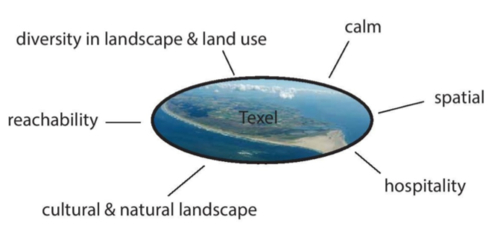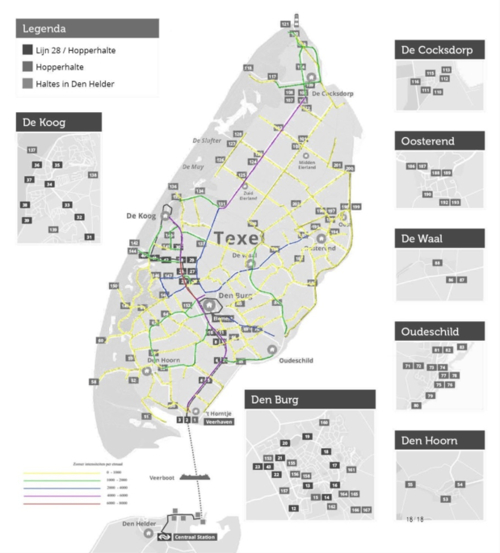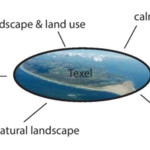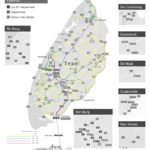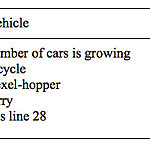Every action the municipality of Texel does, is based on the core values of Texel. Texel as a host stands for a calm and spatial island, has a wealth of natural and cultural landscapes, great diversity in landscapes and land uses. Texel speaks of the Texel identity; the specific island nature, the nocturnal darkness and maritime monuments. Texel is focused on giving a service to all citizens and tourists. Hereby the rest and spatial components have a high priority. The diagram explains the values of Texel.
Image 3.1 values of Texel
To make this vision workable, Texel created seven principles as the core values for new initiatives on Texel. These principles are: Departure from nature and landscape, go for real Texel and Texel own, cherish unity in diversity, blossom in the season, continue combing, pioneering and innovating, connect beauty to beauty, clean up nicely and take primordial quality back. The reason tourist are coming to Texel is because of the slowness, nature, peace and spatial qualities attracts tourists to the island. They recognize the Netherlands of the seventies.
Texel presents itself as an island made for cycling and they want to stimulate to de-use the car. The focus of the municipality of Texel is on the bicycles, electric vehicles and public transport. They want to stimulate this by designing a better public transport network and more biking paths. Parking spaces are placed outside the villages to protect the view of the authentic villages. So there is no pollution in the centre of the villages. Besides this, another interesting goal they have is that they want to be energy neutral in 2020. One of the new initiatives, also explained in chapter one, is the Texelhopper. This pilot for public transport started in the end of 2014, called the Texelhopper. This project means that in addition to the regular bus line 28, flexible transportation is offered, generally in the form of small vans. These buses must be booked in advance. In the image below (3.2) we put together the stops of the Texelhopper, bus line 8 and the intensity of the roads. Here we can see that the main road is the most used by vehicles. Not only the main road is intensively used, also roads not used by line 28 are used a lot.
Image 3.2 The intensity of the roads compared with the bus stops of line 28 and the Texelhopper
There are different components important in the vision on the mobility of Texel. We divided these topics in three themes, namely landscape, vehicle and sources. Below (image 3.3) you can see the themes with their topics at the moment. On different of these topics will be reflect upon in the next paragraph.
